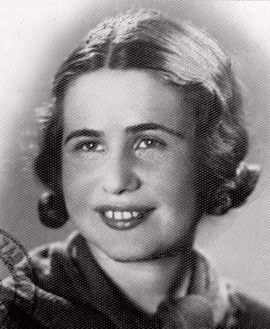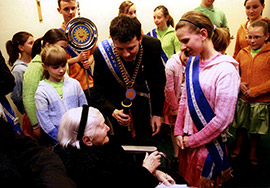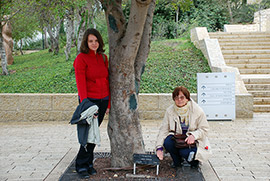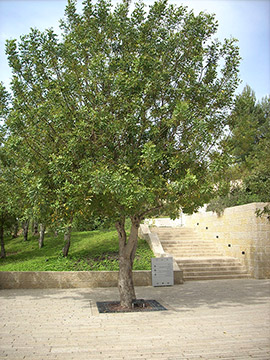Irena Sendler
(Poland)
When World War II broke out, Irena Sendler was a 29-year-old social worker, employed by the Welfare Department of the Warsaw municipality. After the German occupation, the department continued to take care of the great number of poor and dispossessed people in the city. Irena Sendler took advantage of her job in order to help the Jews, however this became practically impossible once the ghetto was sealed off in November 1940. Close to 400,000 people had been driven into the small area that had been allocated to the ghetto, and their situation soon deteriorated. The poor hygienic conditions in the crowded ghetto, the lack of food and medical supplies resulted in epidemics and high death rates. Irena Sendler, at great personal danger, devised means to get into the ghetto and help the dying Jews. She managed to obtain a permit from the municipality that enabled her to enter the ghetto to inspect the sanitary conditions. Once inside the ghetto, she established contact with activists of the Jewish welfare organization and began to help them. She helped smuggle Jews out of the ghetto to the Aryan side and helped set up hiding places for them.
When the Council for Aid to Jews (Zegota) was established, Sendler became one of its main activists. The Council was created in fall 1942, after 280,000 Jews were deported from Warsaw to Treblinka. When it began to function towards the end of the year, most of the Jews of Warsaw had been killed. But it played a crucial role in the rescue of a large number who had survived the massive deportations. The organization took care of thousands of Jews who were trying to survive in hiding, seeking hiding places, and paying for the upkeep and medical care.
In September 1943, four months after the Warsaw ghetto was completely destroyed, Sendler was appointed director of Zegota’s Department for the Care of Jewish Children. Sendler, whose underground name was Jolanta, exploited her contacts with orphanages and institutes for abandoned children, to send Jewish children there. Many of the children were sent to the Rodzina Marii (Family of Mary) Orphanage in Warsaw, and to religious institutions run by nuns in nearby Chotomów, and in Turkowice, near Lublin. The exact number of children saved by Sendler and her partners is unknown.
On 20 October 1943, Sendler was arrested. She managed to stash away incriminating evidence such as the coded addresses of children in the care of Zegota and large sums of money to pay to those who helped Jews. She was sentenced to death and sent to the infamous Pawiak prison, but underground activists managed to bribe officials to release her. Her close encounter with death did not deter her from continuing her activity. After her release in February 1944, even though she knew that the authorities were keeping an eye on her, Sendler continued her underground activities. Because of the danger she had to go into hiding. The necessities of her clandestine life prevented her from attending her mother's funeral.
On October 19, 1965, Yad Vashem recognized Irena Sendler as Righteous Among the Nations.The tree planted in her honor stands at the entrance to the Avenue of the Righteous Among the Nations.




No comments:
Post a Comment